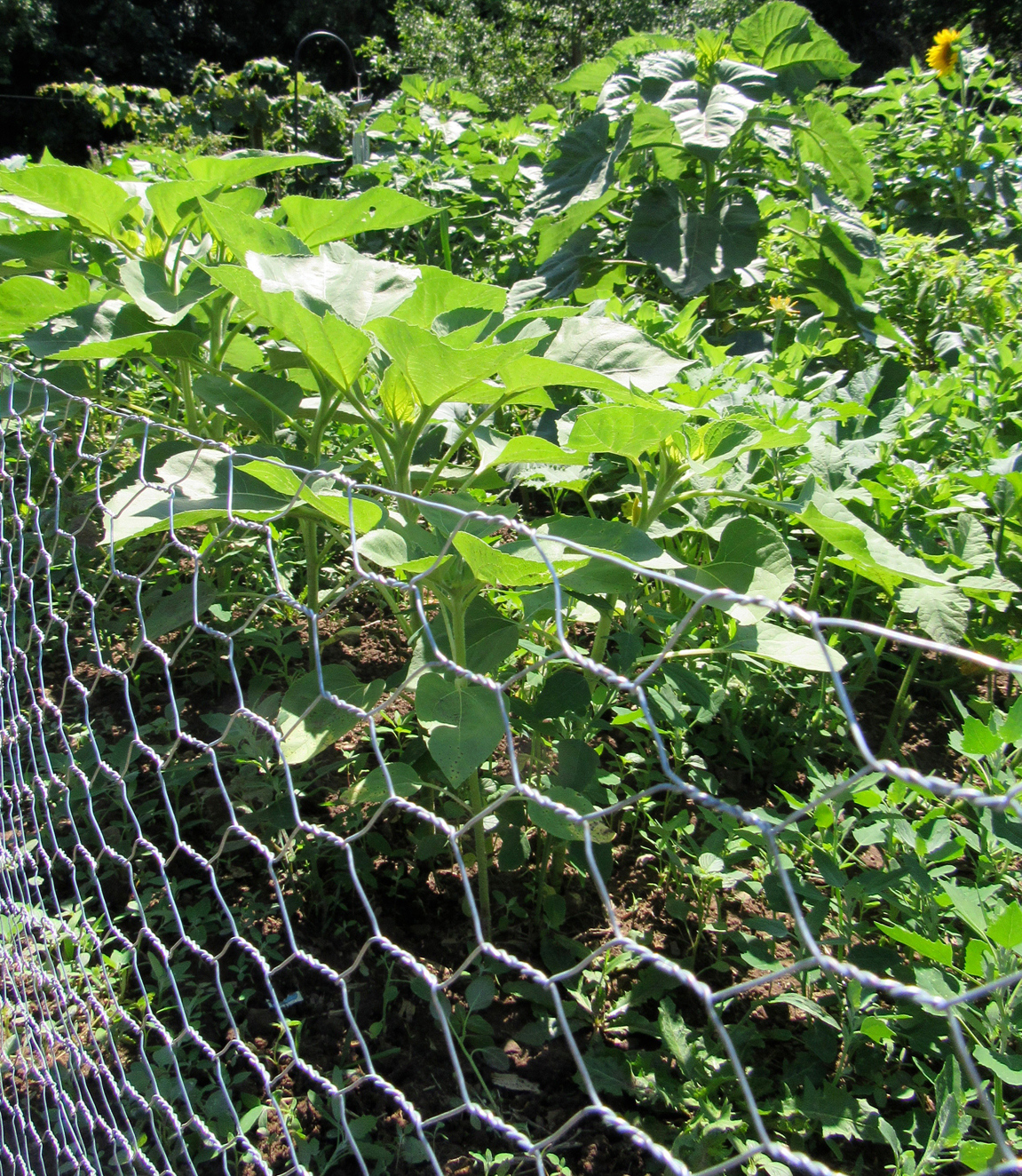Benefits of juicing
Tami Mungenast
CPT CNWC CES
According to the Centers for Disease Control people should consume two to three cups of vegetables a day to help lower risks for preventable diseases. Only one out of 10 Americans actually consume that daily amount. Eating your veggies close to raw is always the best way to maximize the health properties, but to increase your daily vegetable intake juicing can be extremely beneficial. By adding the nutrients of juiced veggies to the vegetables you do eat, you can easily increase your vegetable intake and reduce your risk for illness.
Often when people think about juicing they think about fruits, but there are several vegetables that produce a good juice yield, and they are pleasant to drink and rich in antioxidants and micronutrients. Cucumbers, celery, carrots, sweet potatoes, broccoli, beets and kale can yield an excellent and tasty juice base. Juicing these vegetables is beneficial because you are increasing your consumption of raw food products. When you bake, boil or stew vegetables you can lose powerful antioxidants and nutrients.
A 2016 study in the Journal of Current Research in Nutrition and Food Science showed that vegetables like beetroot typically lose nutrients when pickled or cooked, meaning that raw beetroot and beetroot juice helps you get more of what your body needs for good health. Juicing helps the body absorb all the nutrients from the vegetable juice. This is especially important because most of us have impaired digestion as a result of making unhealthy food choices over the course of our lifetime. This limits the body’s ability to absorb all the nutrients from the vegetables. Juicing will help “pre-digest” them to receive most of the nutrition. It also allows us to add a much wider variety of vegetables and plants into our diet. If you are like me, I eat the same vegetable salads every day. But with juicing, you can juice a wide variety of vegetables that you may not normally enjoy eating whole. I never ate beets until I began juicing them! Juicing is not meant to replace eating whole vegetables but to help add vegetables to your intake. Eating the whole vegetable is very important for the fiber, which helps regulate your digestive system as well as blood sugar. Eating the vegetable whole can also help you feel full versus drinking a vegetable juice.
A good quality juicer machine can be purchased for approximately $150 and is a very good investment for your health. It’s always best to juice organic vegetables and fruits to avoid consuming unhealthy chemicals used in growing. If you can’t get fresh, be sure to clean the veggies before using. Fresh juice can be bottled in glass and refrigerated for a few days and still retain much of its healthy properties.
Turn your vegetable juice into a powerhouse protein smoothie for a healthy meal replacement or snack. To do this, I use six ounces of fresh vegetable juice, add ice, organic baby spinach, berries, a high quality protein powder, and some ground chia or flax seed to blend for a delicious protein smoothie. To make it more satiating and creamy, I will often add a half of a mini organic avocado and then blend. For another healthy vegetable juice recipe visit www.westsidenewsny.com.





